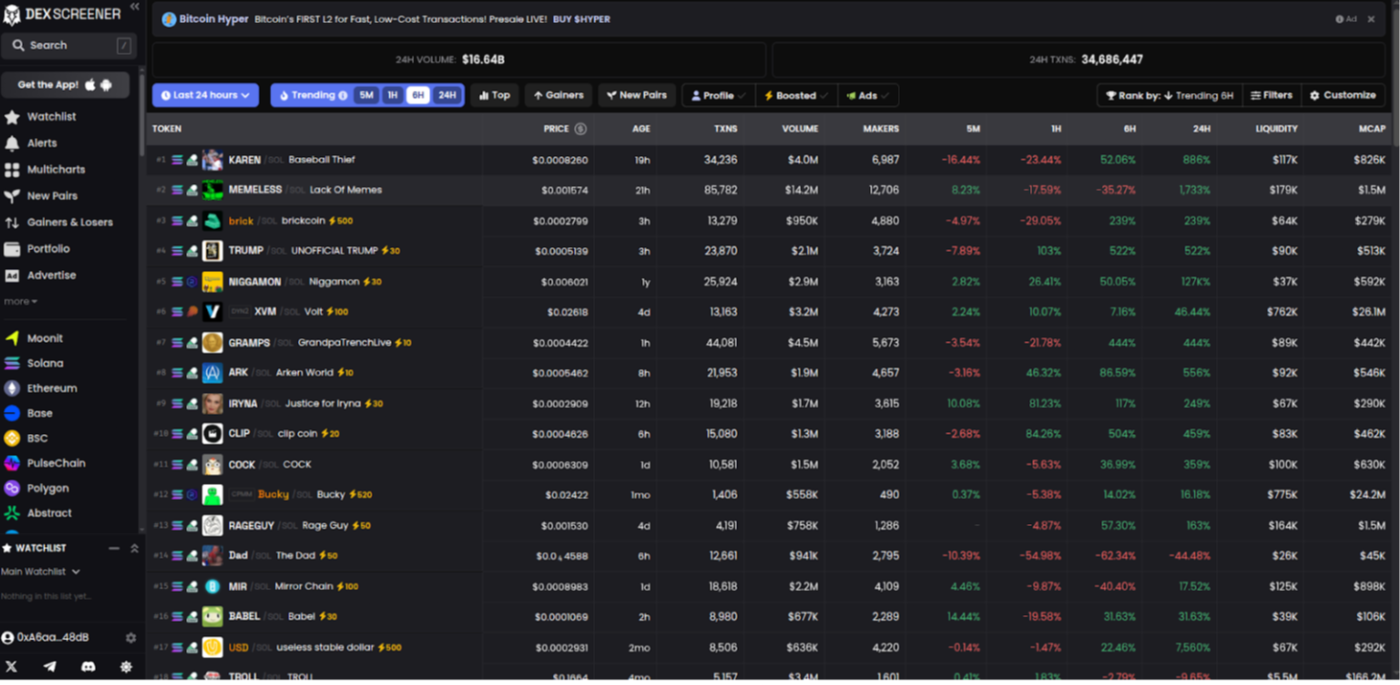Ant Financial's L2 blockchain, Jovay, released a white paper, setting a target of 100,000 TPS.
PANews reported on September 28th that Ant Financial's Layer 2 blockchain, Jovay, released its official white paper today. The platform utilizes parallel pipeline execution and hybrid validity proofs (TEE transition to ZKP). Officials claim that a single node can achieve 15,700–22,000 TPS under specific loads, with peak ERC-20 transfers reaching 30,000 TPS and native transfers reaching 28,000 TPS on a 32-core/64GB configuration, with end-to-end latency of approximately 160ms. Its ZK Prover incorporates Sumcheck-style PIOPs, a WHIR commitment scheme, and GPU cluster acceleration (Sumcheck offers >20x speedup compared to CPUs). The platform plans to scale to 100,000 TPS via clustering, targeting standardized processes for RWA (Real World Assets) and a cross-chain security architecture.
También te puede interesar

Shocking OpenVPP Partnership Claim Draws Urgent Scrutiny

Building a DEXScreener Clone: A Step-by-Step Guide
